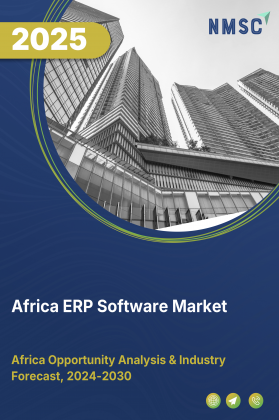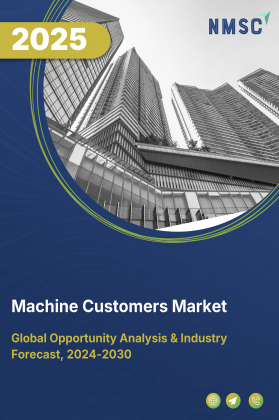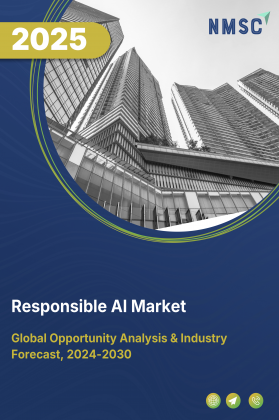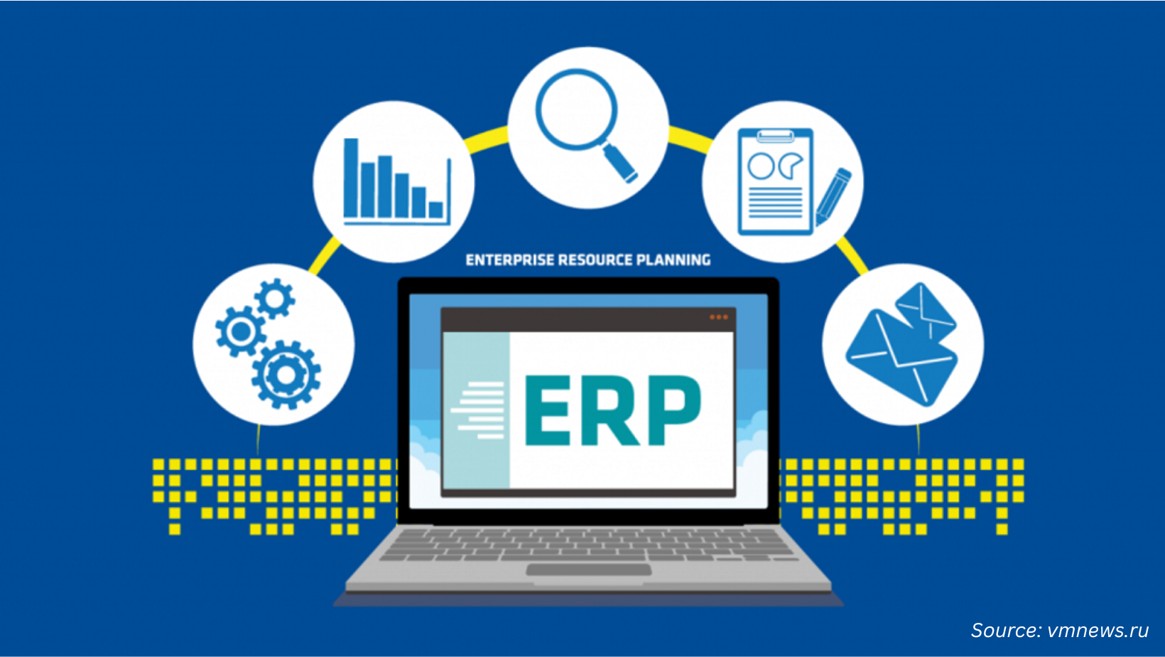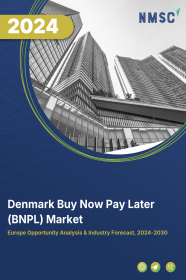
Denmark Buy Now Pay Later by Channel (Online, and Point of Sale), by Enterprise Type (Small & Medium Enterprises (SMEs), and Large Enterprises), by Application (Consumer Electronics, Fashion & Garments, Media & Entertainment, Healthcare & Wellness, Automotive, Furnishing, and Others), and by End User (Generation X, Generation Z, Millennials, and Baby Boomers) - Opportunity Analysis and Industry Forecast, 2024– 2030
Industry: ICT & Media | Publish Date: 27-Sep-2025 | No of Pages: 106 | No. of Tables: 79 | No. of Figures: 44 | Format: PDF | Report Code : IC2124
Denmark Buy Now Pay Later (BNPL) Market Overview
The Denmark Buy Now Pay Later Market size was valued at USD 1.64 billion in 2023, and is predicted to reach USD 17.58 billion by 2030, at a CAGR of 33.6% from 2024 to 2030. Buy now pay later is a convenient short-term financing option that allows consumers to defer payment for purchases to a later date. This payment method, structured with an installment plan, involves consumers, financiers, and merchants, enabling customers to shop online and in stores without immediate full payment.
BNPL is versatile, covering a wide range of purchases from everyday items including clothing and electronics to larger expenses such as home improvement products. The popularity of BNPL is on the rise due to its numerous advantages for consumers. It provides a flexible way to buy high-cost items such as smartphones and laptops, pay for educational expenses including tuition fees and stationery, and even cover daily expenses such as canteen bills. Additionally, the introduction of zero-interest payment options by BNPL providers makes this payment solution even more appealing to customers, offering them a convenient and attractive payment alternative.
Rapid Expansion of E-commerce and Rising Consumer Preference for Flexible, Interest-Free Payments Fuel BNPL Adoption
Denmark’s e-commerce sector continues to experience strong growth, driven by digital-first shopping habits and increased smartphone penetration. Online retail sales are rising steadily, with platforms increasingly offering integrated financing solutions at checkout. BNPL has emerged as a preferred payment option, allowing consumers to spread the cost of purchases over multiple installments without incurring interest. This model appeals particularly to younger, tech-savvy demographics—Gen Z and millennials—who seek convenience, budgeting control, and predictable repayment schedules. Retailers report higher conversion rates, larger average basket sizes, and increased customer loyalty when BNPL options are offered, making it a strategic tool for enhancing sales.
The adoption of BNPL is also supported by changing consumer behavior in Denmark, where individuals increasingly prefer digital wallets and alternative payment methods over traditional credit cards. High-value categories such as electronics, fashion, travel, and home improvement have seen the highest uptake of BNPL services. By aligning payment flexibility with consumer expectations, BNPL is becoming an integral part of the shopping experience, reinforcing its role as a growth driver in Denmark’s retail ecosystem.
Advanced Digital Infrastructure and Technological Innovations Strengthen BNPL Accessibility and Convenience
Denmark’s high digital literacy and robust technology ecosystem have created favorable conditions for BNPL expansion. Over 94% of the population has internet access, and mobile banking penetration continues to rise, enabling seamless integration of BNPL within both online platforms and physical retail points. Providers leverage AI-powered credit risk models, automated underwriting, and soft credit checks to approve transactions instantly, reducing friction and enabling near-real-time financing decisions.
The use of national digital identity systems, mobile authentication, and real-time bank-to-bank payment solutions enhances trust and security in BNPL transactions. These technological capabilities not only streamline onboarding but also allow for personalized credit limits, fraud monitoring, and tailored repayment options. The combination of technological sophistication and consumer comfort with digital payments has accelerated BNPL adoption and made it accessible to a broader range of consumers, including those who previously lacked traditional credit access.
Increasing Regulatory Scrutiny and Consumer Protection Requirements Could Constrain BNPL Growth
While BNPL has thrived in Denmark’s open financial environment, regulatory authorities are focusing on mitigating potential risks related to over-indebtedness and lack of transparency. The Danish Financial Supervisory Authority (DFSA) has introduced guidelines to classify BNPL as consumer credit, requiring providers to conduct affordability checks, clearly disclose repayment terms, and report to credit bureaus.
These regulatory measures, while aimed at protecting consumers, may impose additional compliance costs, slow onboarding of new users, and affect operational flexibility for providers. BNPL firms will need to balance regulatory adherence with user experience to maintain adoption rates. Stricter rules may also lead providers to limit maximum credit amounts or adjust repayment schedules, potentially impacting the market’s rapid growth trajectory.
High Interest Rates and Consumer Budget Awareness Present Opportunities for BNPL as a Low-Risk Alternative
Denmark’s elevated benchmark interest rates have increased borrowing costs for traditional credit products, creating a favorable environment for BNPL services. Consumers are actively seeking interest-free, short-term financing solutions to manage cash flow and maintain control over spending. BNPL can be positioned not merely as a convenience, but as a financial planning tool that encourages responsible spending without long-term debt accumulation.
Additionally, providers can align BNPL with sustainability and ethical finance trends. For example, installment plans for eco-friendly products like electric vehicles, solar panels, or energy-efficient home appliances resonate with socially conscious consumers. By combining financial flexibility with responsible lending practices, BNPL firms can enhance their relevance and appeal, tapping into both consumer demand and broader societal trends. This positions BNPL as a strategic growth lever in Denmark’s evolving retail and fintech ecosystem.
Competitive Landscape
The market players operating in the Denmark buy now pay later industry include Klarna, ViaBill, Afterpay / Clearpay, PayPal, Resurs Bank, Svea Payments, Splitit, Sezzle, Lunar, Revolut, and others.
Denmark Buy Now Pay Later Market Key Segments
By Channel
-
Online
-
Point of Sale (PoS)
By Enterprise Type
-
Small & Medium Enterprises (SMEs)
-
Large Enterprises
By Application
-
Consumer Electronics
-
Fashion & Garments
-
Media & Entertainment
-
Healthcare & Wellness
-
Automotive
-
Furnishing
-
Other
By End User
-
Generation X
-
Generation Z
-
Millennials
-
Baby Boomers
Key Players
-
Klarna
-
ViaBill
-
Afterpay / Clearpay
-
PayPal
-
Resurs Bank
-
Svea Payments
-
Splitit
-
Sezzle
-
Lunar
-
Revolut
Report Scope and Segmentation
|
Parameters |
Details |
|
Market Size in 2023 |
USD 1.64 Billion |
|
Revenue Forecast in 2030 |
USD 17.58 Billion |
|
Growth Rate |
CAGR of 33.6% from 2024 to 2030 |
|
Analysis Period |
2023–2030 |
|
Base Year Considered |
2023 |
|
Forecast Period |
2024–2030 |
|
Market Size Estimation |
Billion (USD) |
|
Growth Factors |
|
|
Companies Profiled |
10 |
|
Market Share |
Available for 10 companies |
|
Customization Scope |
Free customization (equivalent up to 80 working hours of analysts) after purchase. Addition or alteration to country, regional, and segment scope. |
|
Pricing and Purchase Options |
Avail customized purchase options to meet your exact research needs. |

















 Speak to Our Analyst
Speak to Our Analyst



